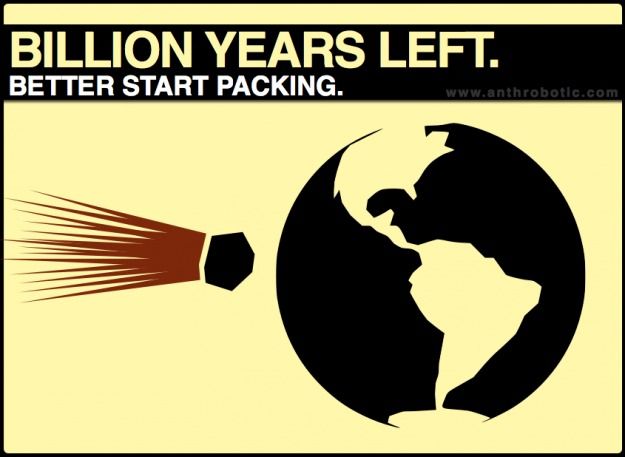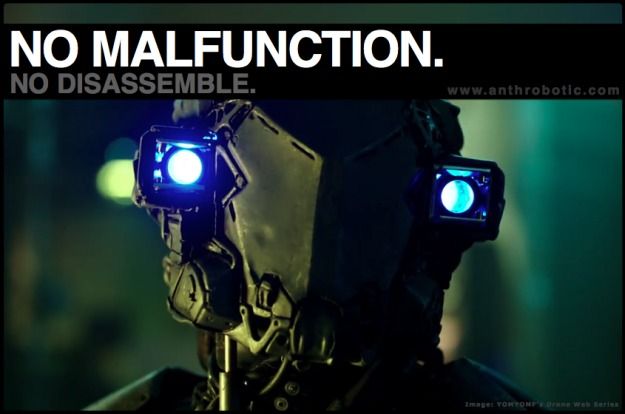Oct 12, 2012
The Kline Directive: Safety Awareness
Posted by Benjamin T. Solomon in categories: cosmology, defense, engineering, life extension, military, particle physics, physics, space, sustainability
To achieve interstellar travel, the Kline Directive instructs us to be bold, to explore what others have not, to seek what others will not, to change what others dare not. To extend the boundaries of our knowledge, to advocate new methods, techniques and research, to sponsor change not status quo, on 5 fronts:
1. Legal Standing. 2. Safety Awareness. 3. Economic Viability. 4. Theoretical-Empirical Relationship. 5. Technological Feasibility.
In this post I will explore Safety Awareness.
In the heady rush to propose academically acceptable ideas about new propulsions systems or star drives it is very easy to overlook safety considerations. The eminent cosmologist Carl Sagan said it best “So the problem is not to shield the payload, the problem is to shield the earth” (Planet. Space Sci., pp. 485 – 498, 1963)


 Four years ago MARCUS WOHLSEN wrote about genetic engineering as a hobby. We are faced with a growing list of pathogens that with a little modification could bring about the end of civilization. It could happen tomorrow.
Four years ago MARCUS WOHLSEN wrote about genetic engineering as a hobby. We are faced with a growing list of pathogens that with a little modification could bring about the end of civilization. It could happen tomorrow.







